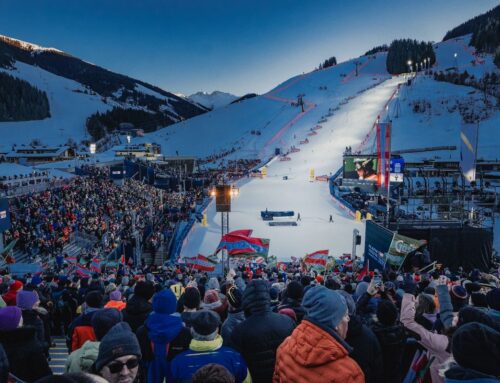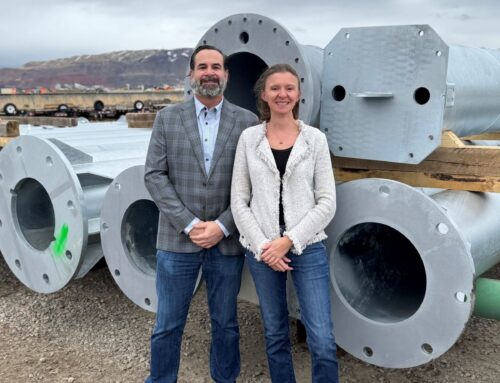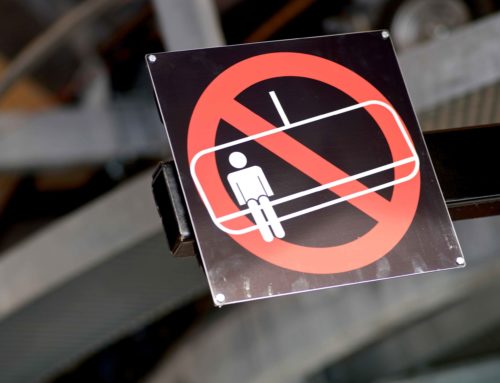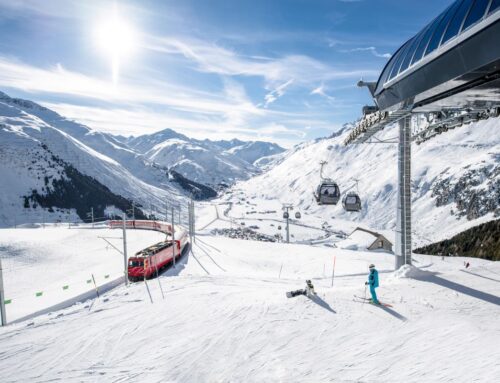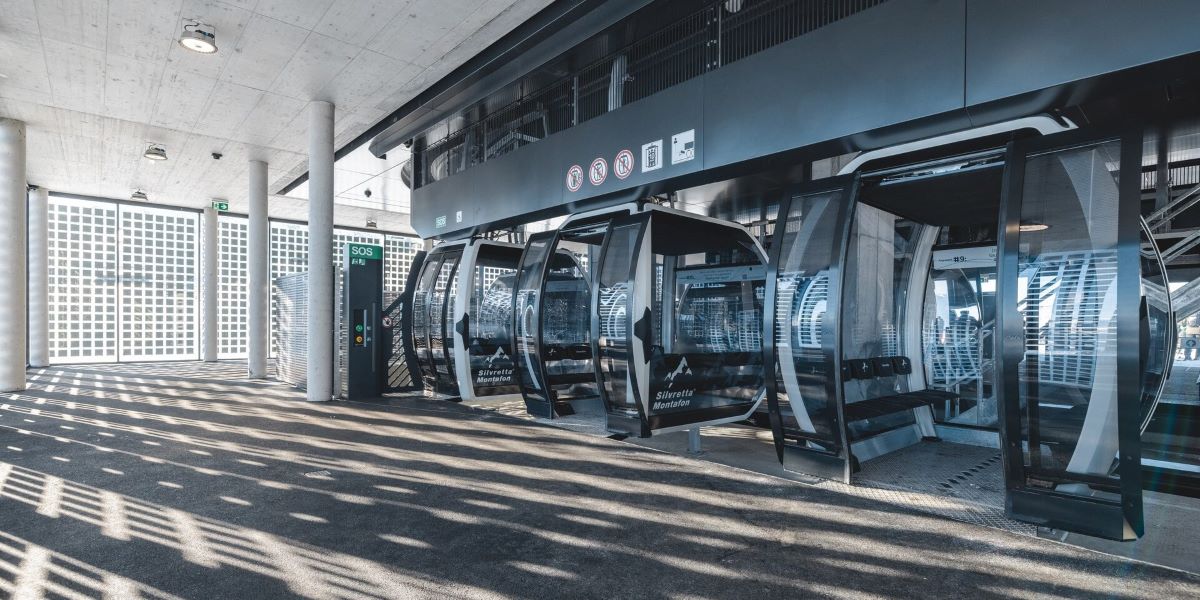
Management & Tourism, SI World 2/2023
Cable cars without station personnel
SI magazine: Mr. Salzmann, how much does the topic of autonomous cable cars concern the industry?
Stephan Salzmann: Some of my customers are aware of it and actively incorporate the topic into their planning. As part of longterm ski resort concepts, we also always discuss this aspect. But things can also happen very quickly:
Currently, during the construction phase of the new singlecable circulating ropeway „Kieserl“ in the austrian ski resort Großarl-Dorfgastein, we changed the plans. Now the facility will be implemented autonomously – meaning with unmanned stations. The fact is, sooner or later, almost every ski resort will have to consider it. Because cable cars without station personnel offer numerous advantages for both operators and employees.
How so?
On the one hand, the industry is currently grappling with a labor shortage, which is expected to worsen in the future. We won‘t be able to staff every station with the required number of trained personnel. On the other hand, we need to keep skilled workers engaged. Our „lift operators“ are highly trained individuals who want to apply their expertise.
In their daily work, they are often underutilized, at least in the case of modern cable cars, but they must act with expertise in case of malfunctions. And this is happening at a time when everyone wants a fulfilling career.
So, it‘s not just about the financial benefits of unmanned operation?
Not necessarily, although this is certainly an important factor as well. Let‘s take a cable car with 1,500 operating hours per year. Over its 40-year lifespan, an employee costs us around two million euros.
This savings can help finance a significant portion of the measures for autonomous operation. This is not only interesting for large ski resorts with high labor costs but also for small mountain railways where the shortage of skilled workers often has a more significant impact.
Autonomous operation can help lift operators avoid the dilemma of having to fulfill operating regulations with fewer and fewer personnel.

Stephan Salzmann
Cable car planner and ski resort consultant
How can technology replace employees?
In principle, it can handle all tasks that can be carried out by sensors and remote control, such as monitoring entry and exit points. However, we must consider that station personnel typically do not only oversee the pure operation of the cable car but also the stations themselves, including entrances and exits, escalators,
elevators, ticket readers, and more.
They are also responsible in case of a fire alarm. All of these tasks must be taken over by building automation systems.
In case of problems and emergencies, human intervention is still required – either as a mobile intervention team based in a control center or as a stationed operator responsible for multiple neighboring stations. This is where cable car operators can apply their expertise, contributing to job satisfaction.
So, guests don‘t need assistance when boarding and disembarking?
In the case of modern cabin cable cars with appropriate platform and door solutions, that is no longer necessary. A prime example since 2022 is the Valiserabahn in Silvretta Montafon.
Even with detachable chairlifts, autonomous operations are conceivable, although monitoring is more complex. Old, fixed-grip chairlifts are indeed difficult to automate. Currently, retrofits for cabin cable cars are challenging, and for chairlifts, it‘s not yet clear.
Regarding retrofits, how much do ski resorts need to think about the future?
Reducing personnel costs in operations should definitely be considered in medium- to long-term master plans.
This is done in specific projects, such as in ther austrian ski resorts Großarl or at Hauser Kaibling, where summit areas with up to three cable cars are expected to be operated by one or two employees in the future.
Also, through the merging of base stations, future innovations are taken into account. In master plans, investments can be better justified when potential personnel savings accompany them.
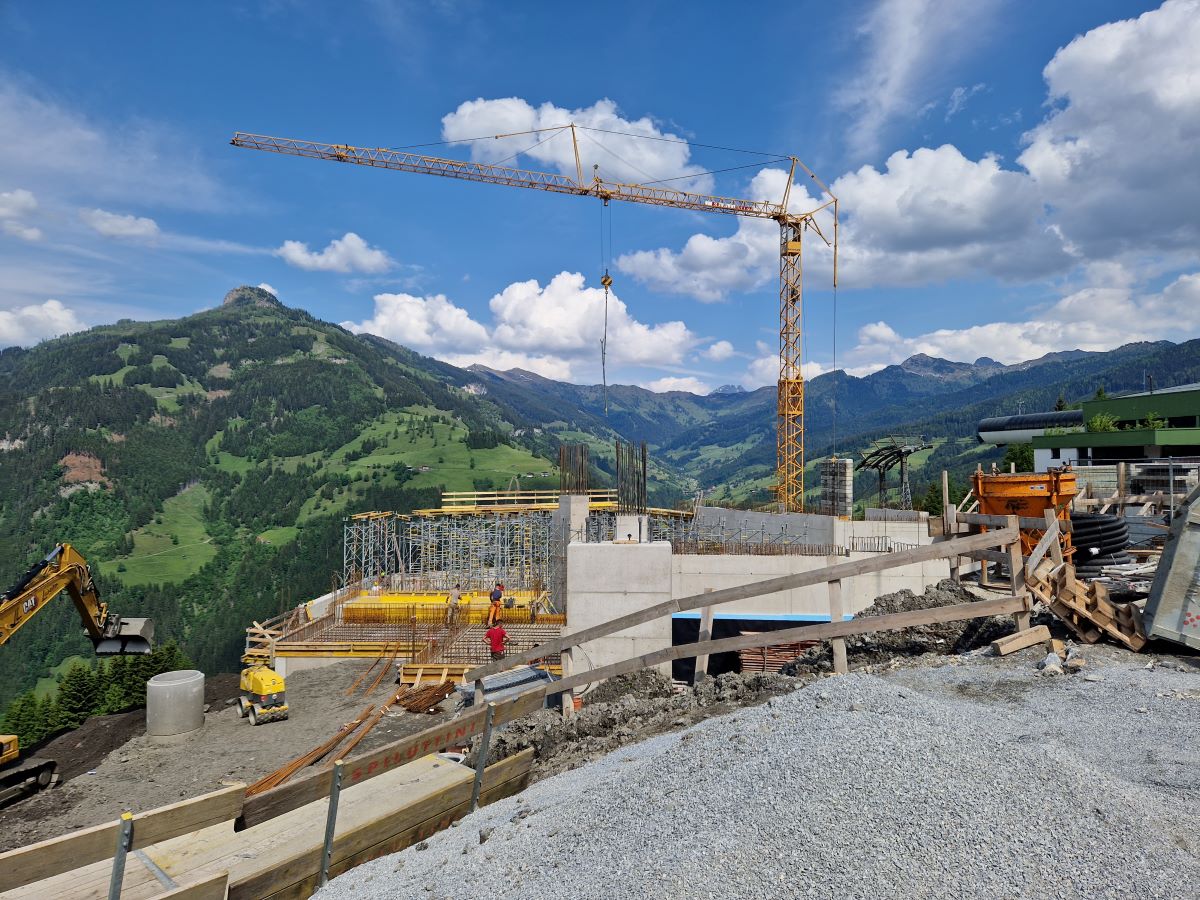
For the Kieserlbahn (Austria),
the decision to switch to autonomous operation was made during the construction phase. © SALZMANN
What risks do cable cars without station personnel pose?
With autonomous cable cars, guests will no longer automatically encounter an employee. This could be perceived as a decline in service quality.
Therefore, we will need service personnel at crucial points, in addition to the communication facilities that are already necessary.
Are there no safety concerns?
No, using a split-screen, the cable car operator in the control center is immediately informed of irregularities and can intervene remotely. During normal operation, they do not need to continuously monitor the areas.
When it comes to resolving local issues or even evacuating the facility, mobile response teams need to be on-site within five to ten minutes. Statutory timeframes for evacuation are thus met. Additionally, the operator in the control center can start troubleshooting while their colleague is en route.
How do you assess the acceptance among cable car operators themselves?
Operational managers and machine operators need to see autonomous operation in practice, and then they will accept the concept. Currently, employees are bearing the brunt of the labor hortage.
My experience is that once the operational team recognizes the benefits of the technology, they will be pleased with the relief on one hand and more exciting and fulfilling tasks on the other. So, I am confident that in the long term, a large portion of newly constructed cable cars will be operated autonomously!
Interview: Thomas Surrer

